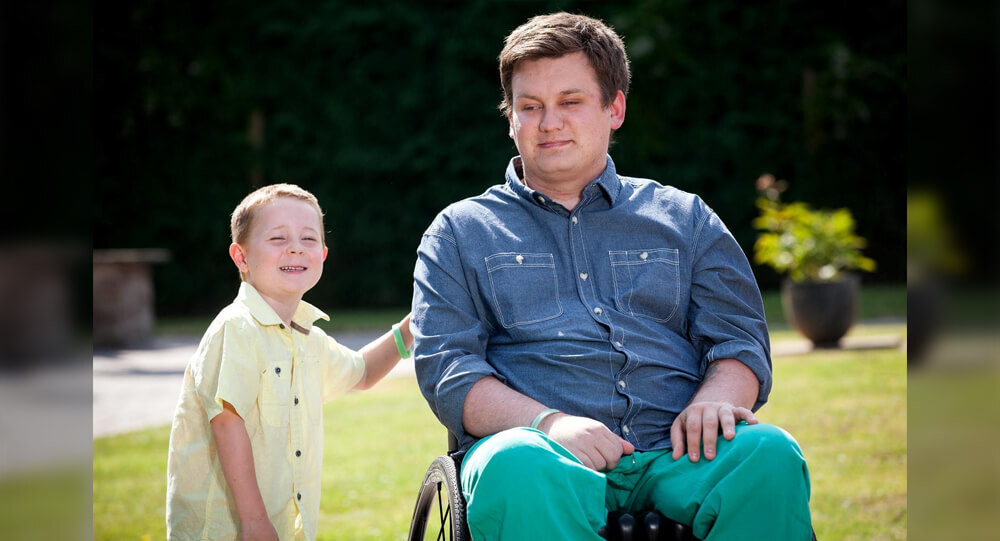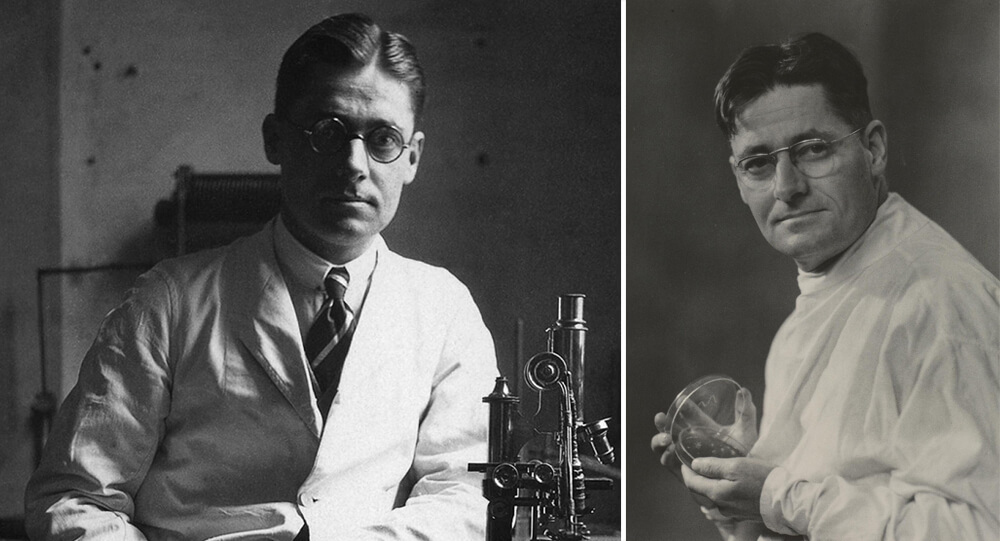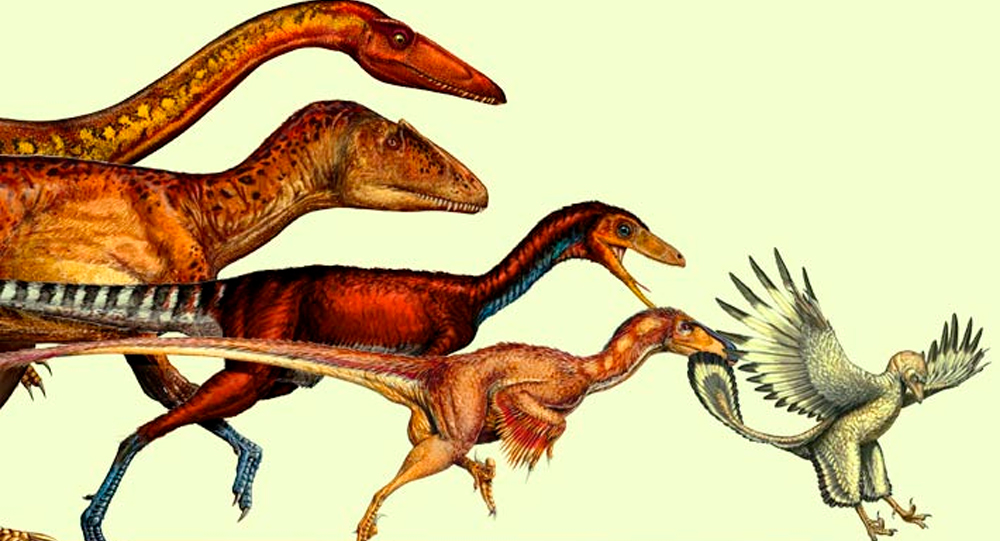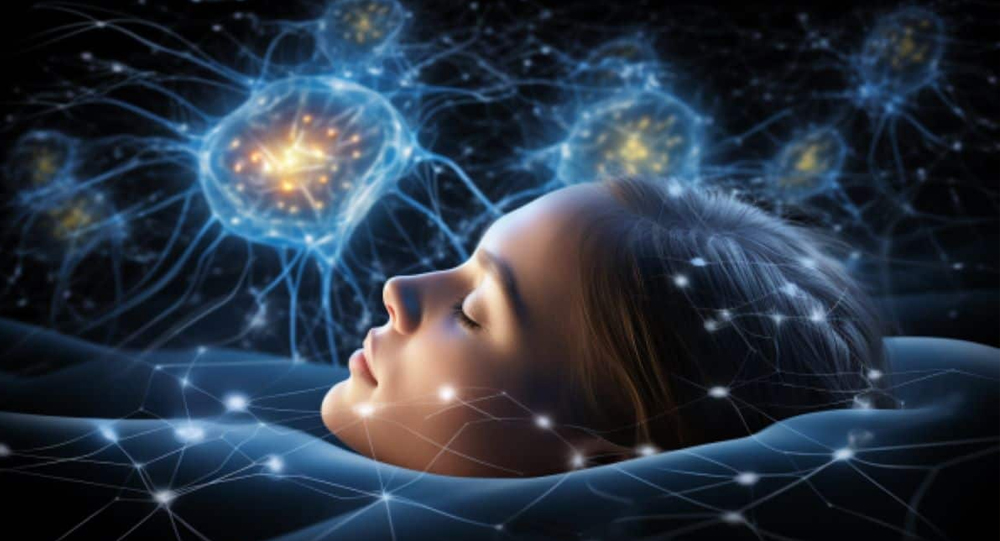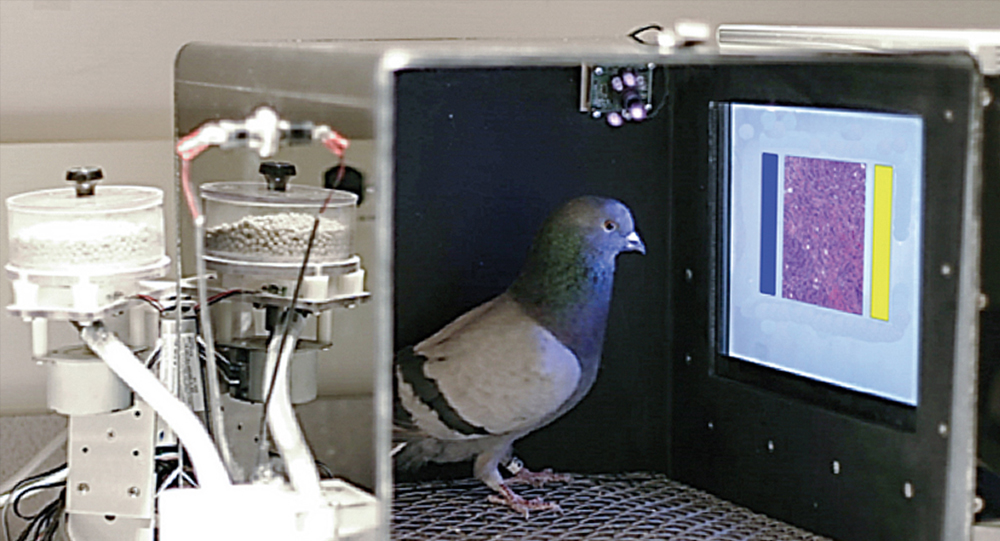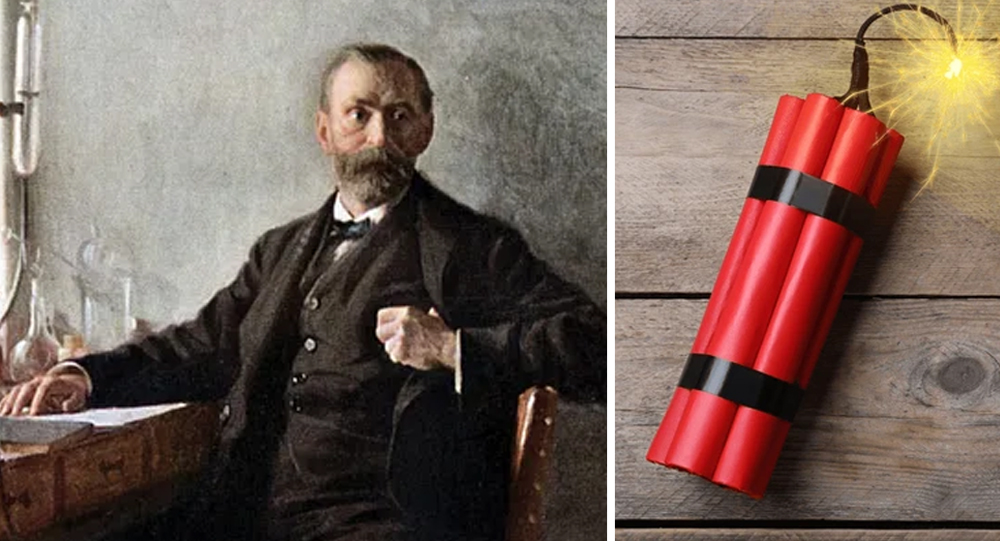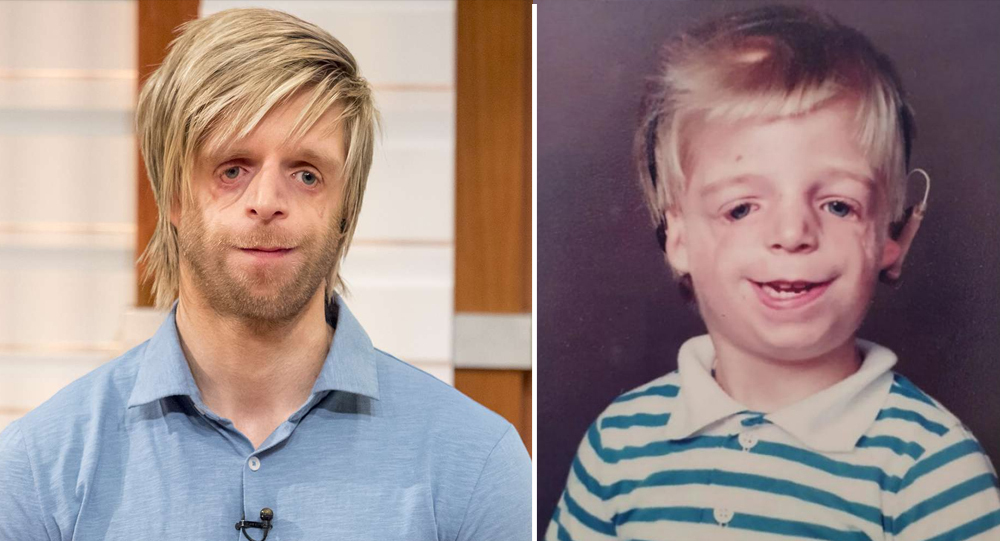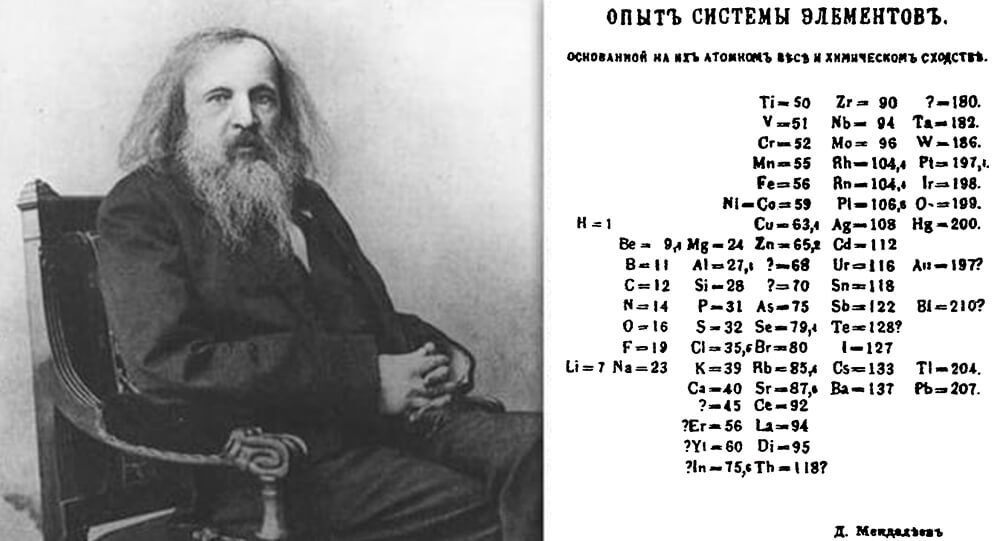Dreaming is a universal experience—everyone dreams, even if they don’t always remember. But why does the brain generate these vivid, often bizarre experiences during sleep? For decades, neuroscientists and psychologists have sought to decode this puzzle.
One prevailing view is that dreams serve important biological and cognitive functions. They occur primarily during the Rapid Eye Movement (REM) stage of sleep, when brain activity is very high, resembling wakefulness. Scientists believe dreaming is not just random firing of neurons but plays a role in processing emotions, consolidating memories, and problem-solving.
From an evolutionary perspective, some theories suggest dreams may have helped our ancestors rehearse survival scenarios, enhancing creativity and alertness. Others propose dreams act as a “mental housecleaning,” helping the brain discard unnecessary information.
Neurology of Dreaming: What Happens in the Brain?
During REM sleep, complex brain networks become highly active. Regions involved in visual processing (occipital lobe), emotions (amygdala), and memory (hippocampus) light up. Interestingly, areas responsible for logical reasoning and self-awareness—the prefrontal cortex—show reduced activity, which may explain dreams’ often illogical, fantastical qualities.
Chemical changes underpin this state. Neurotransmitters like serotonin and norepinephrine decline, while acetylcholine increases, modulating brain circuits and allowing vivid imagery and emotional intensity to flourish. This neurological cocktail supports immersive dream experiences, often involving rich sensory details and emotional themes.
Scientists use technologies like functional MRI and EEG to study brain activity during sleep, helping map where and when dreaming occurs. Although much remains mysterious, it’s clear dreaming is a dynamic brain process intertwined with our waking mental life.
Theories on the Meaning and Function of Dreams
Several scientific theories attempt to explain what dreams mean and why they matter:
- Memory Consolidation: Dreams may help the brain sort and integrate new information, strengthening learning and memory formation. Nightly dreams could be a way of rehearsing or organizing the day’s events.
- Emotional Regulation: Dreams often magnify emotions, allowing us to process stress, anxiety, or trauma in a safe space. This emotional “rehearsal” can reduce waking emotional reactivity.
- Problem-Solving and Creativity: Some researchers argue that dreaming promotes creative thinking by loosening strict logical constraints and making novel connections—think of famous “aha” moments inspired by dreams.
- The Activation-Synthesis Model: Proposed in the 1970s, this suggests dreams result from the brain trying to make sense of spontaneous neural firing during REM. The bizarre narratives are the brain’s efforts to synthesize random signals into a story.
- Psychodynamic Perspectives: Rooted in Freud and Jung, these emphasize dreams as windows into unconscious desires or archetypes, though these views are less supported by modern neuroscience.
Common Dream Themes and What They Could Indicate
Across cultures and ages, dreams share common motifs—being chased, falling, flying, or missing an exam. While interpretation should be cautious, these themes often reflect universal human concerns like fear, control, freedom, or anxiety.
For example:
- Being Chased: May suggest avoidance or stress in waking life.
- Falling: Can reflect insecurity or loss of control.
- Flying: Often signifies a desire for escape or empowerment.
Despite these generalizations, dreams remain highly personal and symbolic, influenced by individual experiences and psychology.
Fascinating Trivia About Dreams
- The average person has about 4-6 dreams per night but remembers only a few.
- Newborn babies spend up to 50% of their sleep in REM, possibly aiding brain development.
- Lucid dreaming—awareness that you are dreaming while in the dream—can sometimes be trained and used therapeutically.
- People blind from birth often dream with vivid play of sounds, emotions, and touch, showing dreams aren’t solely visual.
- Cultural attitudes toward dreams vary widely, from divine prophecy to meaningless nonsense.
- Some studies show that people who are deprived of REM sleep exhibit more intense emotional reactions when awake.
How Dreams Affect Our Waking Lives
Beyond nighttime mysteries, dreams influence mood, creativity, and even physical health. Understanding dreams can provide insights into mental health conditions like PTSD, where nightmares play a central role, or depression, where dream patterns shift.
Some therapists use dream analysis and guided imagery for healing and self-awareness. Additionally, creative fields—from art to science—have long been inspired by dream imagery.
Final Thoughts: Embracing the Science and Wonder of Dreams
Dreams walk a thrilling line between biology and mystery. While science unveils how they arise from complex brain activity, the subjective meanings and personal resonances continue to captivate us.
As research progresses, dreams will likely remain a fertile ground for exploring consciousness, emotion, and the brain’s remarkable capabilities—reminding us that even in sleep, the mind’s story continues.
The next time you wake from a vivid dream, remember: you’ve glimpsed a unique journey of your brain, blending memory, emotion, and imagination into an ancient, universal human experience.
If you found this dive into the science of dreaming intriguing, share it with fellow curious minds and keep exploring the mysteries of the mind and sleep.
Sources & Further Reading:
- National Sleep Foundation: Why Do We Dream?
- Harvard Medical School: The Neuroscience of Dreaming
- American Psychological Association: Dreams and Emotional Processing
- Scientific American: What Are Dreams For?
- Nature Reviews Neuroscience: Neural Correlates of Dreaming
- Journal of Sleep Research: Lucid Dreaming and Mental Health

The “Walking” Palm, tree species can walk up to 65 feet each
This tree species can walk up to 65 feet each year to find the best habitat to live in.

Man gave his stem cell fund to a disabled boy
Dan Black, who was paralyzed in a bike accident, spent four years raising 20,000 for a stem cell treatment that could let him walk again. However, after learning about a five-year-old boy with cerebral palsy, he donated the funds for the boy's medical treatment in order to enable him to take his first steps.

The World’s First Seismograph: How Ancient China Detected Earthquakes 1,800 Years Ago
Over 1,800 years ago, long before modern technology, the ancient Chinese astronomer and inventor Zhang Heng created the world’s first seismograph in 132 AD. This ingenious bronze device could detect distant earthquakes by releasing small balls from dragons’ mouths into toads’ mouths—each indicating a different compass direction. Its historic detection of an earthquake 400 miles away astonished the imperial court and transformed the way societies understood and responded to seismic events.

A 28-year-old scientist could win a Nobel Prize for creating new class of antibiotics
A 28-year-old scientist could receive the Nobel Prize for developing a new class of antibiotics that fight drug-resistant bacteria, but she only has months to live after being diagnosed with incurable heart cancer, and she says "There aren't words to express how sad I feel' about not seeing award."

The Mystery of the Darvaza Gas Crater: A 50-Year Inferno
Scientists lit a hole filled with natural gas on Fire in 1971, expecting it would burn only for few days. The hole has been burning for the past 48 years & is called "The Door To Hell".

Why are there 24 hours in a day and 60 minutes in an hour
Ancient Babylonians did math in base 60 instead of base 10. That's why we have 60 seconds in a minute and 360 degrees in a circle.

India's chandrayaan-3 becomes the first landed craft on moon's south pole
India's chandrayaan-3 becomes the first land craft on moon's south pole. It landed safely on August 2023

Henrietta Lacks: Who Was She? Here's how HeLa cells became necessary for medical research
Henrietta Lacks was died in 1951. The tumor that killed her has been alive and growing to this day. The tumor is immortal and was used to progress the Polio vaccine and is the jumping point for most human cell research to this day. Scientists have grown some 20 tons of her cells.

How did Howard Florey discover penicillin
Penicillin was discovered by Alexander Fleming, but he never attempted to turn it into an antibiotic. It wasn't until ten years later that Howard Florey discovered Fleming's obscure paper and understood the mold's potential. Up to 200 million lives may have been saved as a result of Florey's work.

The Evolution of Flight: From Dinosaurs to Birds – A Journey Through Time and Science
Flight is one of nature’s most remarkable adaptations, but its origins trace back millions of years before modern birds took to the skies. Emerging from theropod dinosaurs during the Jurassic period, birds evolved feathers, wings, and lightweight bodies that enabled powered flight. This detailed narrative explores the fascinating evolutionary path from ground-dwelling dinosaurs to the aerial masters of today, blending science, intriguing fossil finds, and surprising trivia about our feathered ancestors.

How Sleep Cycles Affect Cognitive Function and Memory Retention
Sleep is not just rest—it's an active process where our brain cycles through stages that shape cognition, memory, and overall mental performance. Different sleep phases, from deep slow-wave sleep to REM dreaming, play unique roles in consolidating memories, boosting attention, and refreshing brain networks. Explore how sleep cycles work and why they are essential to learning and sharp thinking.

The Science Behind Pigeons in Cancer Detection and What It Means for Medicine
In a groundbreaking study, researchers have discovered that pigeons can be trained to distinguish between cancerous and non-cancerous tissues in medical images with accuracy rivaling that of human experts. This surprising capability opens new avenues for understanding visual perception and has potential implications for improving diagnostic tools in medicine. Here is the fascinating science behind pigeons’ ability to spot cancer and what it signifies for the future of medical imaging.

This Yogi Spent 76 Years Without Eating or Drinking Anything and Confirmed by
Prahlad Jani, the starving monk who lived 76 Years without food and water.

Man discovers he has 3 kidneys after going to doctor for severe back pain
In 2020, a 38-year-old Brazilian man visited his doctor for severe back pain and was shocked to find out that he has three kidneys instead of just two.

Why Some Animals Can Regenerate Limbs and What Science Says About Human Possibilities
Certain animals possess the extraordinary ability to regenerate lost limbs, a process that has fascinated scientists and inspired hopes for human medical breakthroughs. From salamanders’ perfect limb regrowth to starfish’s incredible body regeneration, this article explores how and why these animals can perform such feats, the biological mechanisms underpinning regeneration, and what cutting-edge research means for the future of human limb regeneration.

The extraordinary case of Olivia Farnsworth, who hit by a car and dragged down the street without pain because of chromosome 6 deletion
In 2016, 7-year-old Olivia Farnsworth was hit by a car and dragged down the street, but she did not feel a thing. That is because of a rare condition called “chromosome 6 deletion,” which causes her to feel no pain. She also does not experience hunger or exhaustion.

Megamouth Shark And Her Babies Found Dead In The Philippines
Filipino zoologists have recorded a pregnant megamouth shark for the first time ever since the rare aquatic specie was discovered in 1974.

How a Headache Cure Experiment Led to the Invention of Dynamite
Alfred Nobel discovered dynamite while experimenting with nitroglycerin, a volatile liquid he also took in tiny doses for headaches. Ironically, the explosive that made him wealthy and feared also eased pain—later inspiring his legacy as founder of the Nobel Prizes.

Medieval Medicine: A 1,000-year-old onion and garlic salve kills modern bacterial superbugs
Scientists recreated an Anglo-Saxon manuscript-based 9th century onion and garlic eye remedy and discovered that it killed 90% of antibiotic-resistant staph bacteria (MRSA).

Inspiring story of Jono Lancaster, Abandoned by His mother at birth for this 'defect' on his face
When Jono Lancaster was just 36 hours old, his parents left him for adoption because he was suffering from Treachers Collins Syndrome, a genetic disorder which hampers facial bones development. Now he is an inspirational speaker, a professional model and a teacher, giving inspiration to millions

How Dmitri Mendeleev Developed the periodic table of the elements
1850 Dmitri Mendeleev walked almost a thousand miles to Moscow so he could apply for the University of Moscow. Although he was not accepted, he walked to St. Petersburg where he was accepted, And with that education, he developed the the periodic table of the elements

Woman's memory reset every two hours after traumatic accident
Riley Horner, an Illinois teenager was accidentally kicked in the head. As a result of the injury, her memory resets every two hours, and she wakes up thinking every day is June 11. Riley keeps detailed notes of events happening throughout the day, and sets an alarm on her phone every two hours to remind her to review them. Riley also keeps a calendar in her room to remind her what day it is? As she wakes up every morning confused, thinking it's still June 11.

Earthquakes: Can Animals Really Predict Them?
In 1975, when officials in the Chinese city of Haicheng were alarmed by odd and anxious behaviors of dogs and other animals. These observations led them to order 90,000 residents to evacuate the city. Only a few hours later a 7.3 magnitude earthquake destroyed nearly 90% of the city’s buildings.

What makes bananas radioactive?
Yes, It is true that bananas contain radioactive substances. But the same can be said for spinach, potatoes, oranges, Brazil nuts, kitten litter, granite counter tops, even the air you breathe! Radioactivity is unavoidable and all around us. So, what exactly is it?

Dr. Donald Hopkins: From Smallpox Eradication to Near-Ending Guinea Worm Disease
Dr. Donald Hopkins helped eradicate Smallpox, and is on the verge of killing another disease. He's taken Guinea Worm Disease down from 3.5 million cases a year to just 28 cases last year.


